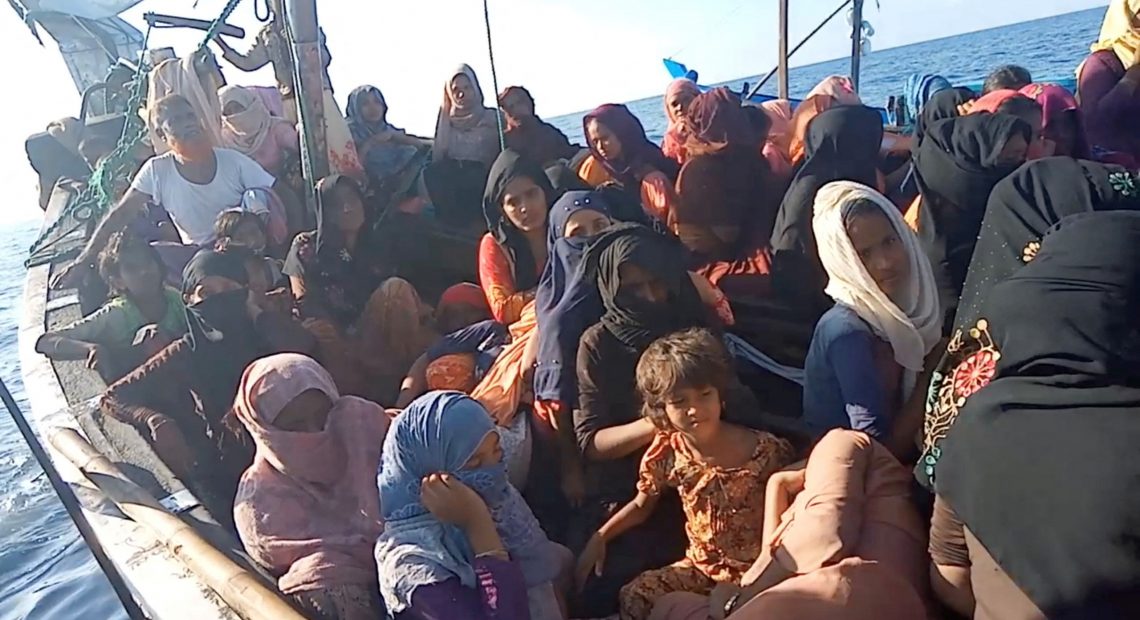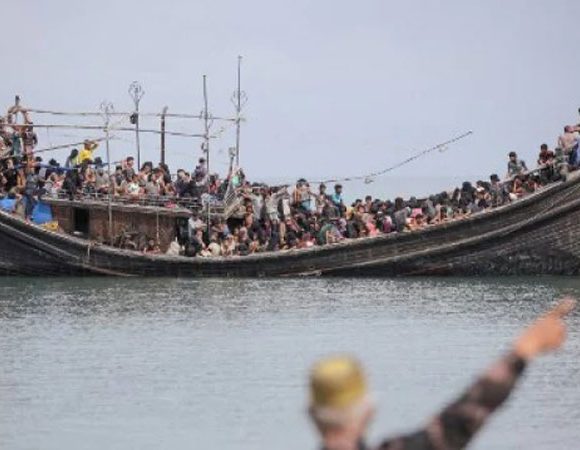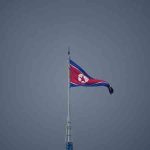UN says 2022 among deadliest years for Rohingya at sea

The possible sinking of a boat in recent weeks with 180 Rohingya Muslims on board could make 2022 one of the deadliest years at sea in almost a decade for the community, a U.N. agency said, as refugees try to flee desperate conditions in Bangladesh camps, Reuters reports.
Nearly 1 million Rohingya from Myanmar are living in crowded facilities in Muslim-majority Bangladesh, including tens of thousands who fled their home country after its military conducted a deadly crackdown in 2017.
The number of Rohingya leaving Bangladesh in boats this year has jumped more than five fold from a year earlier, rights groups estimate. It is not clear if the lifting of COVID restrictions in Southeast Asia, a favoured destination, has led to the rush of people.
In Buddhist-majority Myanmar, most Rohingya are denied citizenship and are seen as illegal immigrants from South Asia.
The United Nations High Commissioner for Refugees (UNHCR) said it feared that a boat that set sail at the end of November was missing, with all 180 on board presumed dead.
The UNHCR said the vessel, which was not seaworthy, may have started to crack in early December before losing contact. It added it was not clear where the boat started, but three Rohingya men, including one whose family were onboard, said it set off from Bangladesh.
Nearly 200 Rohingya were already feared dead or missing at sea this year. “We hope against hope that the 180 missing are still alive somewhere,” said UNHCR spokesperson Babar Baloch.
Thai authorities said four women and one man were found floating near Thailand’s Surin island and another woman at Similan islands and were rescued by fishermen. Authorities had not yet confirmed their identities.
A local fisherman told Reuters he and his crew had rescued people hanging onto a floating water tank.
UNHCR’s Baloch said 2022 was one of the worst years for dead and missing after 2013 and 2014, when 900 and 700 Rohingya died or went missing in the Andaman Sea and the Bay of Bengal after
inter-communal violence forced them to flee.
“LEFT TO DIE”
Sayedur Rahman, 38, who fled to Malaysia in 2012 from Myanmar, said his wife and three teenaged children were among the missing on the vessel.
“In 2017, my family came to Bangladesh to save their lives,” Rahman said. “But they are now all gone … I’m totally devastated… We Rohingya are left to die … on the land, at sea. Everywhere.”
Bangladesh has in the past arrested people smugglers. The densely populated country has also asked the international community to help it ease the load of hosting so many refugees.
Earlier this month, two Rohingya activist groups said that up to 20 people died of hunger or thirst on a boat, carrying at least 100 people, that was stranded for two weeks off India’s coast, before possibly drifting to Malaysian waters.
India’s coastguard had no immediate response. The UNHCR said it was a separate boat to the one carrying 180.
On Monday the International Organisation for Migration said that 57 Rohingya reached Indonesia’s Aceh Besar district on Sunday after nearly a month adrift.
Indonesian officials did not respond to a request for comment.
Two boats carrying a total of 230 Rohingya, including women and children, landed on the shores of Indonesia’s Aceh province in November, while this month, Sri Lanka’s navy rescued 104 Rohingya.
“Life in the camp is full of uncertainties, there is no hope that they can go back home soon,” said Mohammed Imran, a former Rohingya community leader who has returned to Bangladesh from Malaysia.















